Low Crag, Cumbria: A garden in perfect harmony within one of Britain's most beautiful places
The garden of Low Crag, Cumbria — home of Mr and Mrs Chris Dodd — demonstrates a thoughtful approach to gardening that has brought about a great increase in the population of birds and animal life in this two-acre plot. George Plumptre explains more; pictures by Val Corbett for Country Life.
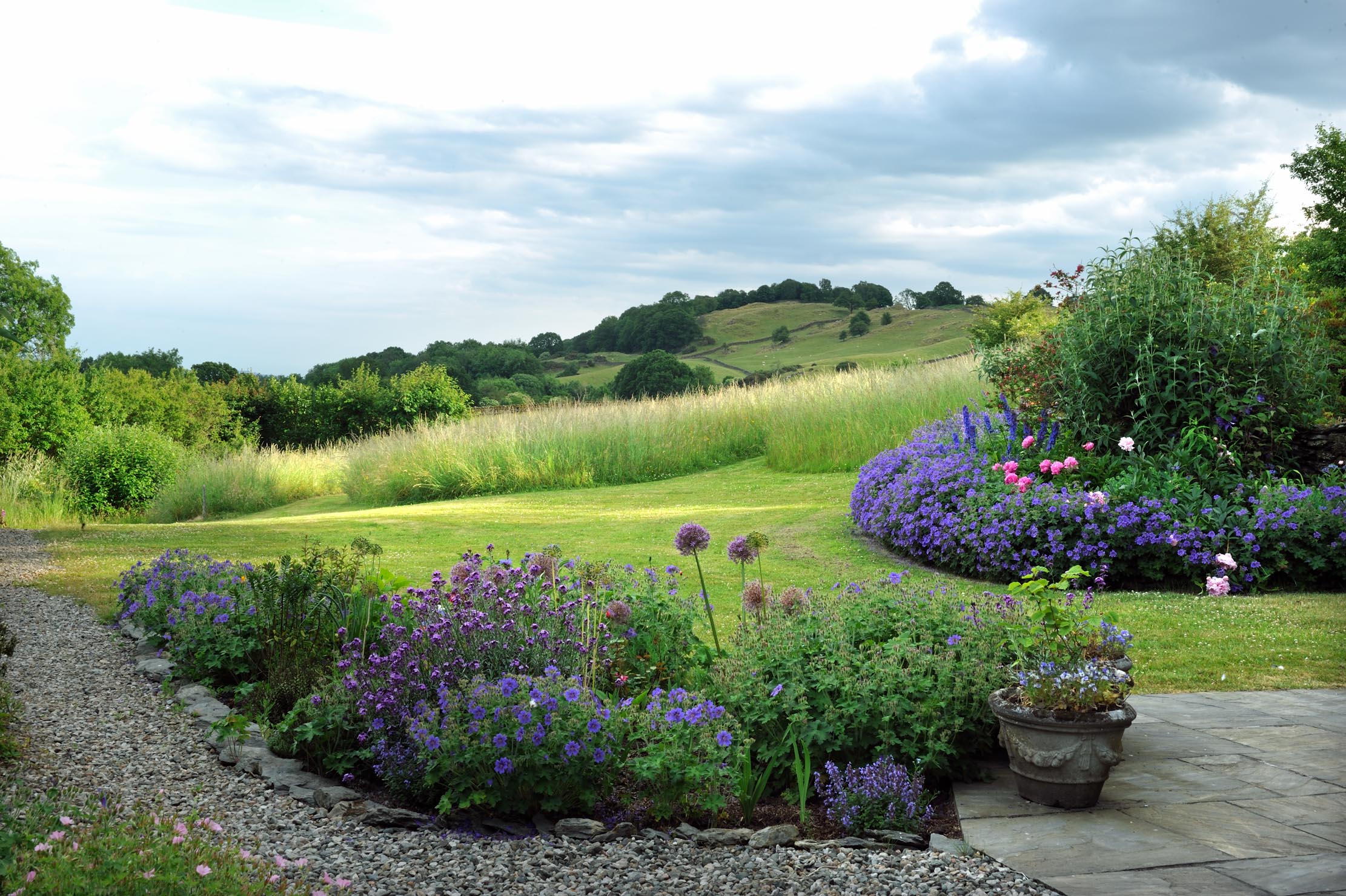
Some people garden in the same place all their adult lives. Others are restricted by their careers, but have gardening in their blood and are constantly planning for the time when they will settle and put down gardening roots. Chris Dodd and Liz Jolley are such a couple. As geologists, they spent 30 years travelling the world working in oil and gas before settling in 2016 at Low Crag, where the house and two-acre garden sit perched on a slope overlooking the Lyth Valley.
When they were students, the pair had acquired a copy of Violet Stevenson’s book The Wild Garden, first published in 1985. It accompanied them on all their travels and its central proposition, that a garden has a responsibility to accommodate wild plants, insects and other creatures, became gently embedded in their own gardening philosophy. Added to this, their encyclopaedic knowledge of geology has given them a particular love for and understanding of the land.
The Lake District is one of England’s most iconic natural landscapes. Some of its most beautiful parts are around the edges — mostly in what was the county of Westmorland: an unspoilt patchwork of small stone-walled sheep pastures and gentle rounded foothills with pockets of woodland. The Lyth Valley, which runs past Kendal and down to the coast at Morecambe Bay, is just such an area and it provides the enviable setting in which the garden of Low Crag has evolved.
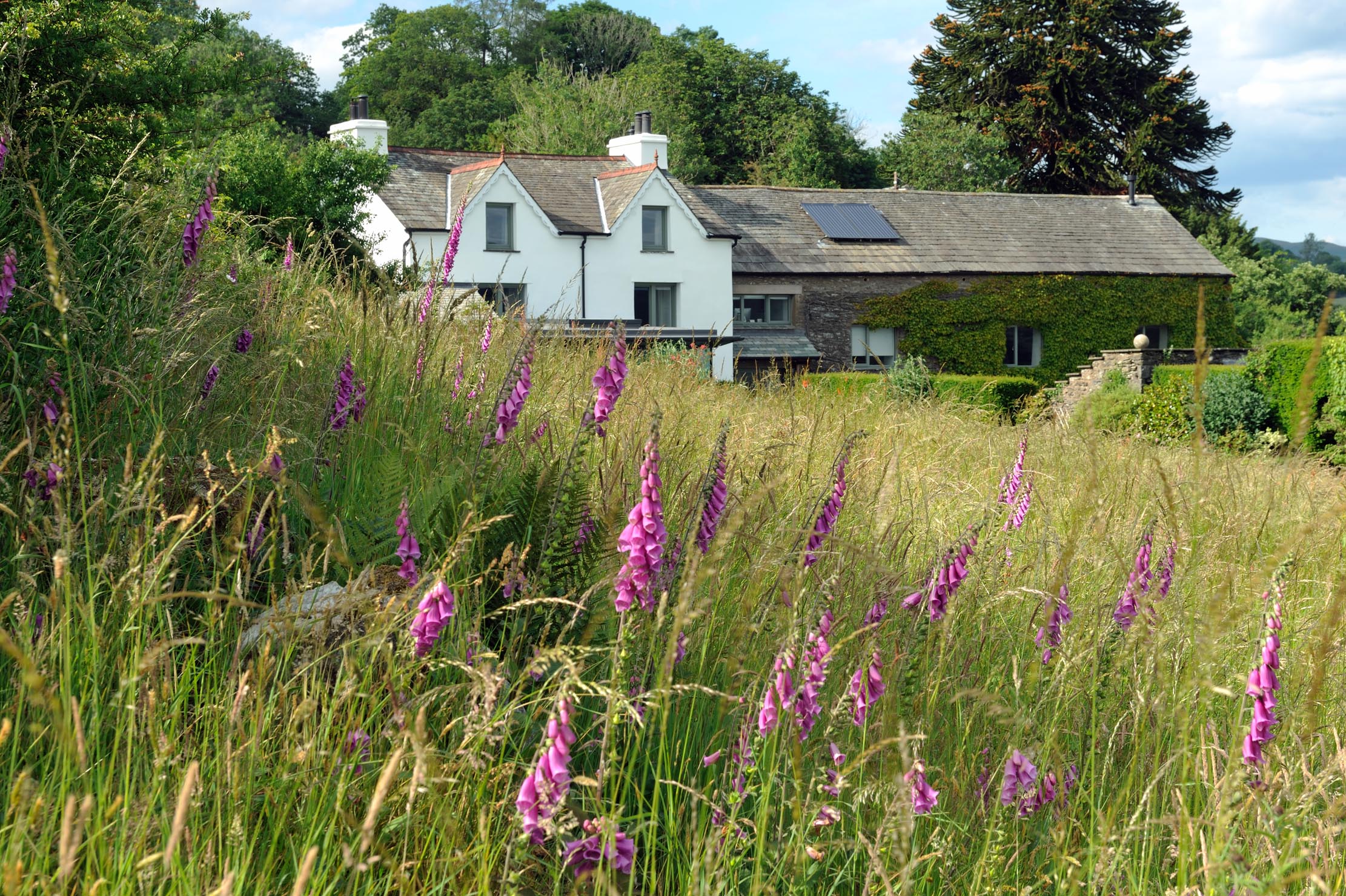
If a garden is sustainable by virtue of being in close bond with its surrounding landscape, both physically and in its management, then Low Crag is a good example. The gabled house was carefully sited, in the lee of a curving bank that gives protection from prevailing westerlies, with views to the south and east along a broad sweep of the Lyth Valley and up to neighbouring fells. The garden itself merges into the surrounding sheep meadows.
There is one specific element unique to the area: damson trees. The Lyth Valley has been famous for its damsons for centuries and, in Victorian times, day-trippers came in their thousands to marvel at billows of fine white blossom in April. Today, quantities of trees remain in small orchards, lining sheep meadows and in gardens such as Low Crag, where there are 100 trees, some in the orchard, with others forming hedgerow boundaries or lining the drystone wall between the upper meadow and the arboretum.
The Dodds inherited a garden lovingly created over 25 years by John and Phyllida Entwistle and have retained the previous owners’ overall assembly of different areas, which flow easily into each other in a suitably loose design. This is dictated by the natural topography of the hillside and further encouraged by light-touch, non-interventionist gardening. The Dodds have also retained the selection of established ornamental trees and shrubs, especially in the arboretum on the bank, which merges easily into the small meadow orchard immediately behind the house.
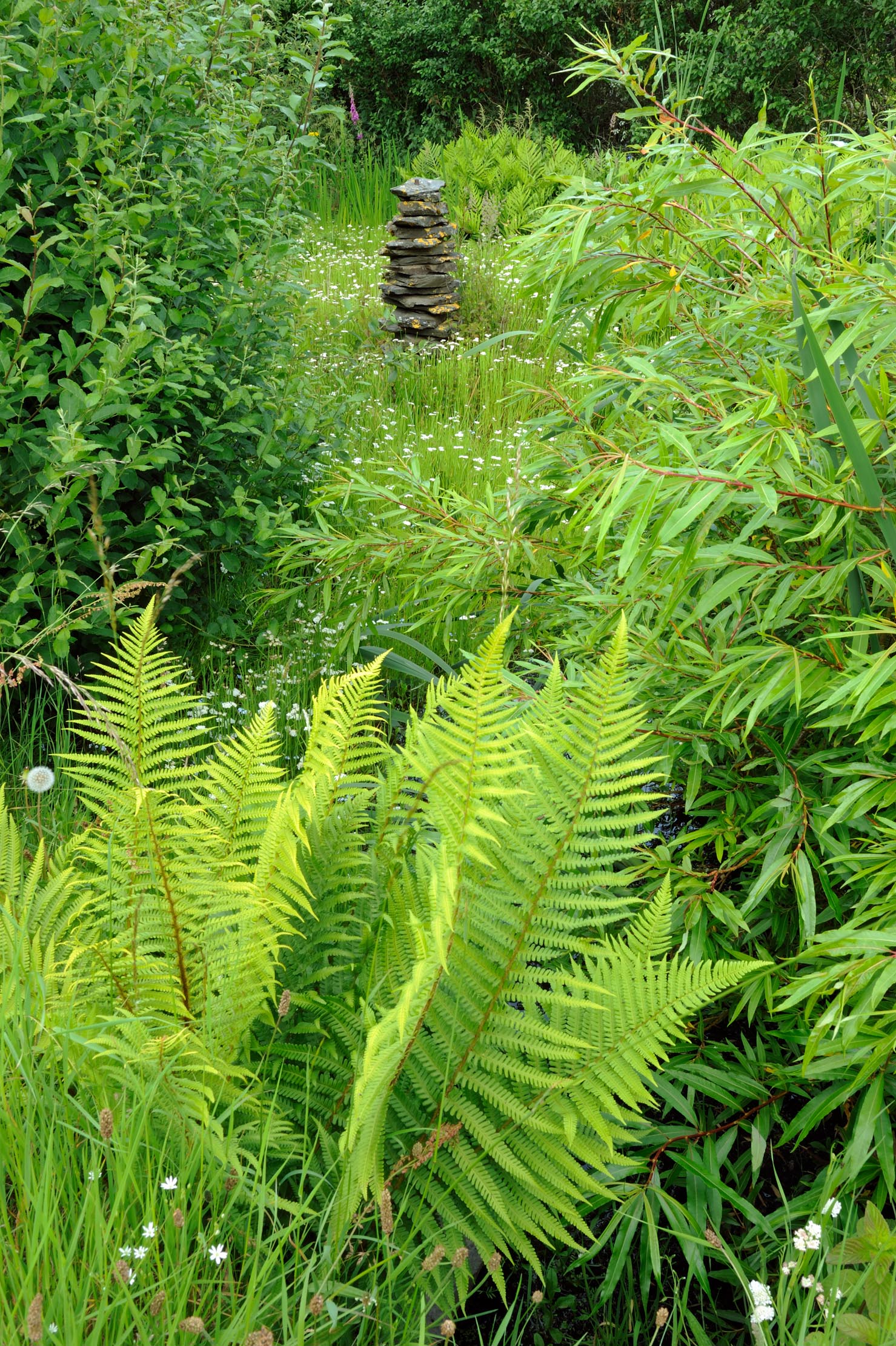
The interior and garden designer Carole Berryman, who lives nearby, helped by drawing up an overall plan of the garden, as well as giving advice on remodelling the area immediately in front of the house, where an existing conservatory was converted into a far more substantial garden room. This commands spectacular views over the garden, the meadows and the valley and hills beyond. She also created plans for an existing border and dry-stone wall, as well as the paved terrace, which successfully fuses the house to this area of the garden. This now provides a reassuringly domestic introduction to the garden, from which you progress to the increasingly naturalistic areas of the pond and damp garden and the meadows.
Sign up for the Country Life Newsletter
Exquisite houses, the beauty of Nature, and how to get the most from your life, straight to your inbox.
From the first, the Dodds applied no chemicals and used no peat. The lawn is mown fortnightly to allow for a flowering cycle; the lower meadow is cut annually by Mr Dodd with a scythe and the upper meadow is not cut at all. Equally important is the overarching philosophy of encouraging wildlife and providing habitats for everything from insects to tawny owls. With so many birds and other natural predators in the garden, slugs are kept well under control and the hostas around the pond always have luxuriant, undamaged leaves. Garden and woodland debris is used to build log and brash piles situated around the edges or tucked away near a wall or in some undergrowth. Around the boundaries, even clumps of brambles are retained for the habitat they provide. This has occasionally created what are affectionately referred to as ‘creative tensions’. A lawyer friend once told them that, should they ever divorce, theirs would be the only one in which brambles would be cited as an involved party.
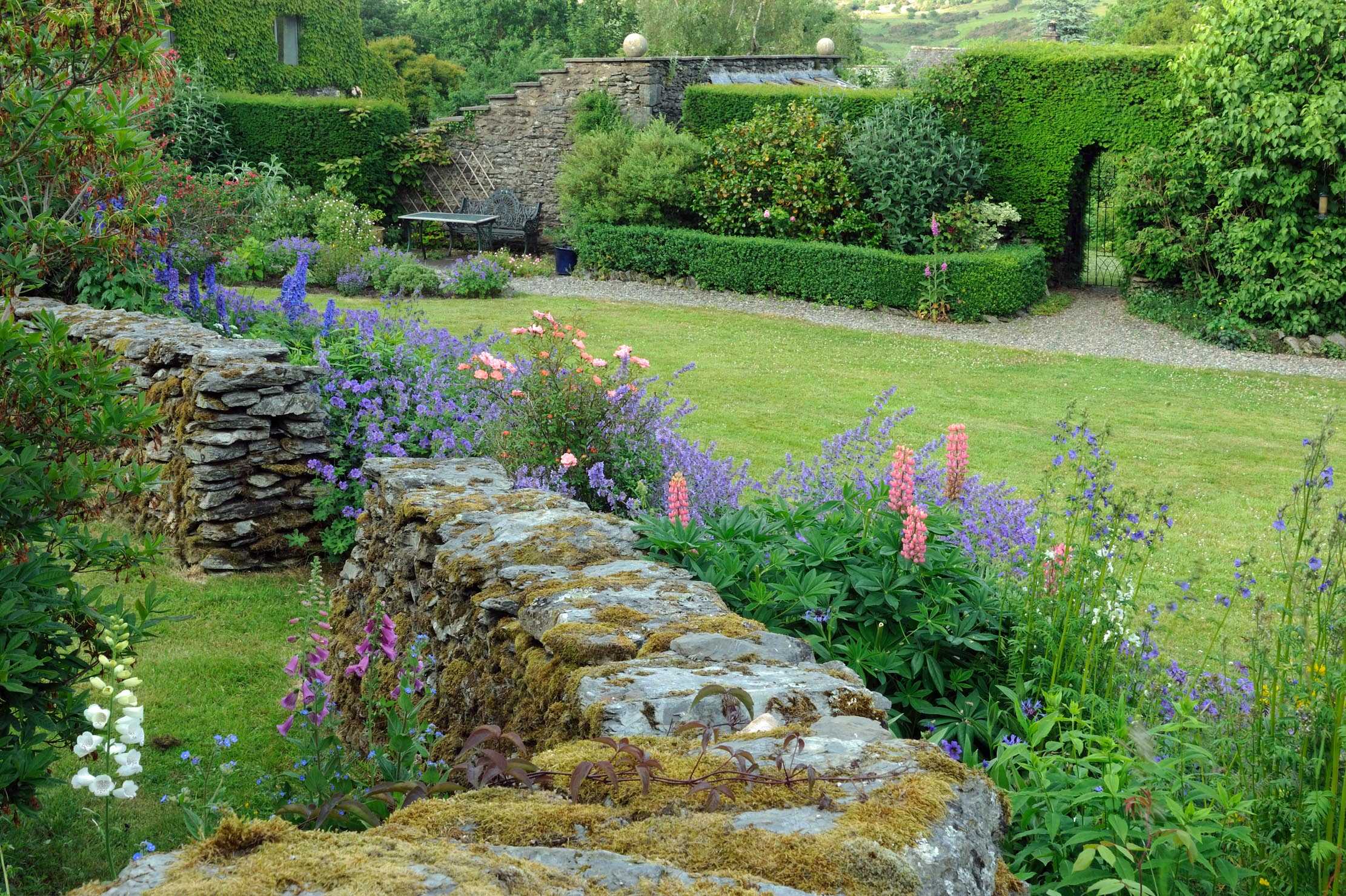
Generally, however, harmony prevails. I certainly felt this as I climbed slowly up the main slope from the pond and damp garden through the lower meadow and on to the upper meadow, with bubbling curlews calling from the broad Lyth Valley whose panorama, enlivened with splashes of yellow gorse, was steadily revealed. In summer, the lower meadow is dotted with a successional display of wildflowers; the upper meadow is filled with purple knapweed. The spring bulbs in the orchard and arboretum are followed by wild flowers, such as selfheal, campion and pignut.
Into this natural cycle, cultivated species have been carefully introduced and generally left to their own devices. Around the pond and in the adjacent damp garden, one finds yellow marsh marigolds, lysichitons, hostas, astilbes and slender iris. The arboretum is where the Entwistles’ mark is most clearly evident, with their careful selection of choice trees and shrubs such as davidias, birches, acers and rhododendrons.
Few gardens are blessed with the setting of Low Crag, where the surrounding landscape is unspoilt and ever present, but, as Mr Dodd says, we can all make a difference: ‘In Britain, millions of us have gardens. That’s millions of us with potential nature reserves, islands safe from habitat loss or pesticides.’
George Plumptre is chief executive of the National Garden Scheme, for which Low Crag, Cumbria, opens — www.ngs.org.uk
How to encourage wildlife, the Low Crag way
Knowing which plants animals will seek out is the key to success — here’s how it’s done at Low Crag.
Palmate and great-crested newts do not thrive at Low Crag merely because there is a pond, but because the pond is next to an undisturbed meadow where the creatures can hunt for invertebrates.
Goldcrests nest here because there are plenty of spruce and fir trees, their favourite habitat.
Yellowhammers nest in the clumps of brambles. Dense hedgerow and undergrowth attracts a range of nesting birds.
A healthy bird population will keep down many garden pests, such as slugs.
Knapweed attracts a host of insects, as well as being a favourite of finches, especially goldfinches.
Pignut specifically attracts the superbly named chimney-sweeper moth, which feeds on its flowers and seeds.
Bank and field voles and wood mice thrive in the rough unmown meadow.
Recycling garden waste, whether pondweed, cut meadow grass or dead wood, contributes to a constant composting cycle or can be used to provide shelter and habitats.
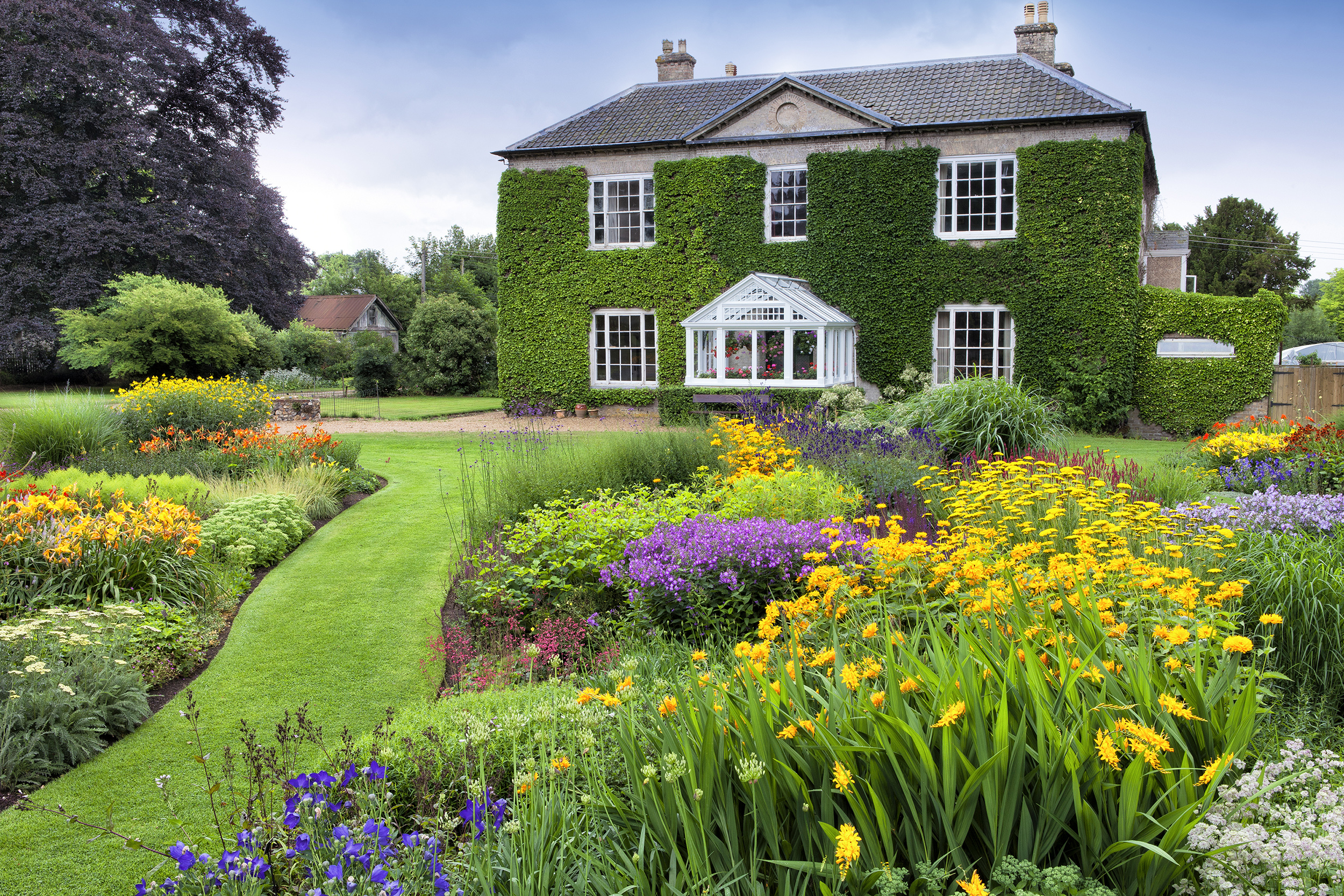
The Dell Garden: A Renaissance paradise in Norfolk
George Plumptre explores the legacy of the great nurseryman Alan Bloom, via his remarkable Norfolk garden.
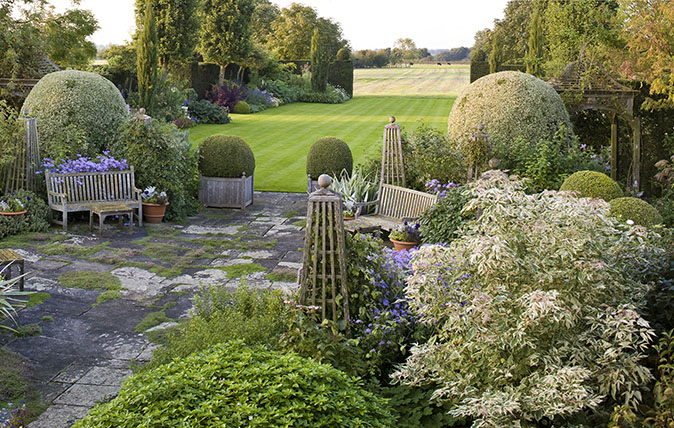
Rofford Manor: A derelict house and garden transformed into a harmonious haven
George Plumptre is won over by a sympathetic and highly individual design that gradually reveals its string of secrets.
Little Mynthurst Farm: A rare mid-20th-century garden designed by Russell Page
George Plumptre enjoys the grounds of a Tudor farmhouse that was the former home of Lord Baden-Powell. Photographs by Clive
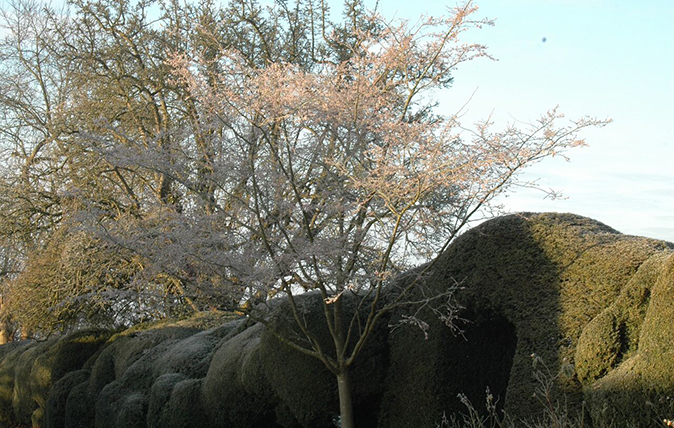
Knowle Hill Farm, Kent: The hilltop garden to enjoy winter and early-spring flowers
A windy hilltop was no deterrent to the owners in creating a garden with a special focus on winter and
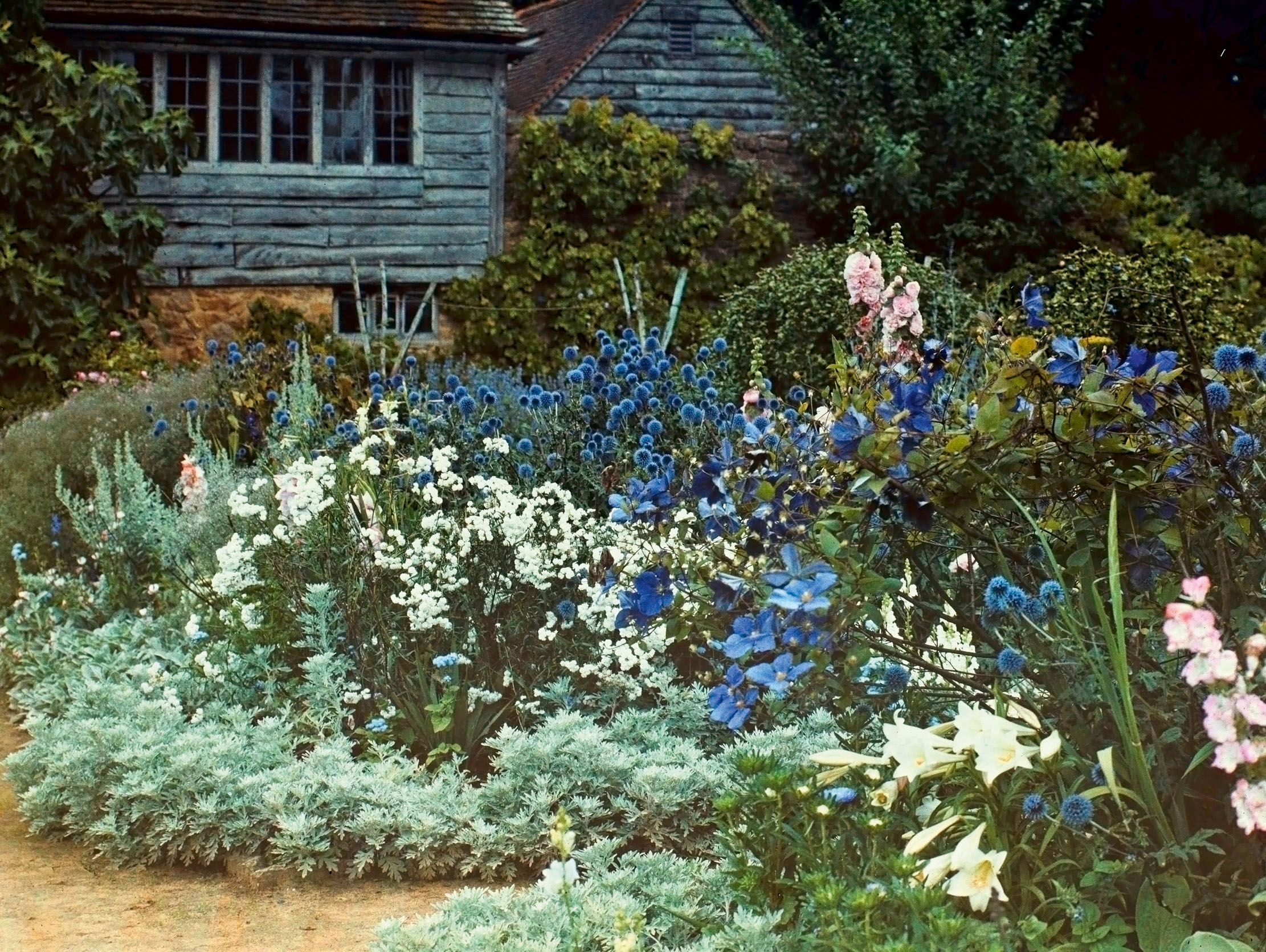
How Country Life helped change the face of modern gardening
George Plumptre examines how Country Life championed the marriage of formal design with natural planting, changing the garden forever.
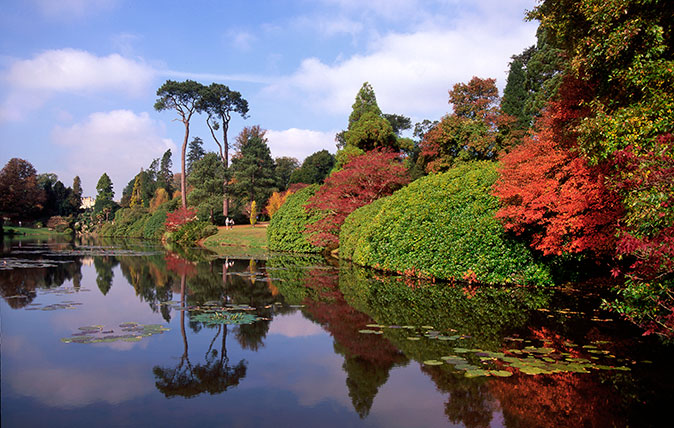
Credit: Getty - Sheffield Park - a Capability Brown landscape
The last word on Capability Brown – but one which comes with a health warning
This book on Lancelot 'Capability' Brown by the greatest living expert on his work is like nothing else – but it
-
 Two quick and easy seasonal asparagus recipes to try this Easter Weekend
Two quick and easy seasonal asparagus recipes to try this Easter WeekendAsparagus has royal roots — it was once a favourite of Madame de Pompadour.
By Melanie Johnson
-
 Sip tea and laugh at your neighbours in this seaside Norfolk home with a watchtower
Sip tea and laugh at your neighbours in this seaside Norfolk home with a watchtowerOn Cliff Hill in Gorleston, one home is taller than all the others. It could be yours.
By James Fisher